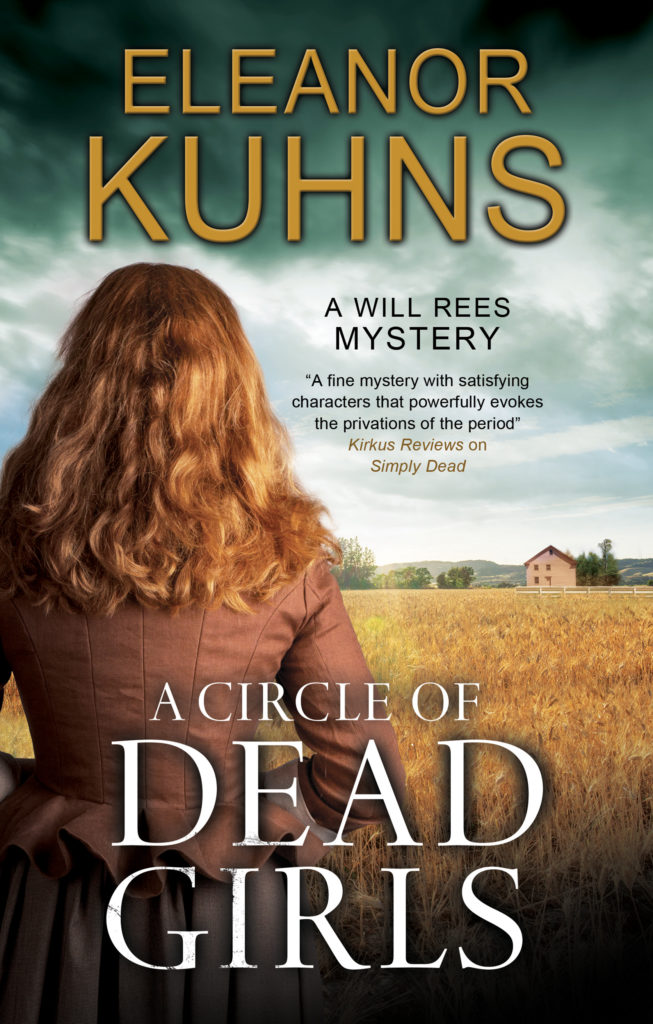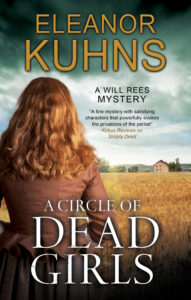The scantily dressed female circus performers are such a feature of American lore that few of us considers their history or how unusual they were when this entertainment first arrived in the United States. Although the circus has a long history – the Egyptians are commonly credited with inventing acrobatics – all forms of entertainment including the jugglers and the acrobats were banned during the Puritan era. It was not recreated in England until Sergeant-Major Philip Astley began exhibiting his equestrian prowess on the outskirts of London in 1768. He performed in a circle (a ‘circus’ in Latin).
In 1770 he decided to expand the appeal of his show by adding acrobats, ropedancers (or wire walkers) and jugglers. (The trapeze, which evolved from the high wire acts, had not yet been invented.) He finished the production with a pantomime, a farcical play that included characters from the Commedia del Arte: Harlequin, Columbine and Clown. His new circus was a huge success.
Like many parts of American culture, this new version of the circus came to the United States from England. As Europe prepared for war, one of the many between England and France, a pupil of the English equestrian tradition, John Bill Ricketts, brought the circus across the Atlantic. He set up a riding school in Philadelphia in 1792 and established the first circus the following year. It was not a traveling circus but was, like the Astley entertainment, housed in a wooden amphitheater.
From the first, despite the social and cultural mores that repressed women, they performed in the circus. They were career women before the term was invented. And they were frequently the stars. In 1772 Astley’s circus featured two equestriennes. The wives of Astley and another trick rider J. Griffin were so popular and famous they were invited to perform before the royal families of England and France. Following their lead Ricketts included a woman in his circus who not only worked as an equestrienne but also doubled as actress and dancer.
Many of the women who performed in circuses were the wives and daughters of male owners or performers. In Europe there was already a culture in which the children raised by circus parents became performers in their turn. A famous ropedancer, familiarly called Bambola, was one such in Italy. I borrowed the name for a character in A Circle of Dead Girls.
The circus allowed women to exhibit their bodies and their physical strength in public. The equestriennes certainly could not do tricks on the backs of galloping horses in long trailing skirts so, horrors!, they wore knee-length skirts that clearly showed the shape of their legs. To modern eyes, this reveal would look remarkably tame. But in the eighteenth century this was titillating. Women of that time were tightly corseted and completely covered. It was not proper for them to attend the circus, which was on a par with Burlesque. Until the Civil War (1861 – 1865) the audience of the American circus was predominantly male. The female performers, like actresses, to whom they were compared, were suspect, considered little better than harlots. But unlike the actresses, who only had to be pretty and seductive, the women in the circuses had to have talent and be willing to undergo the grueling training required for the acts. They, like their male counterparts, had to be unusually healthy and fit.
The circus proved extremely popular in the United States and Ricketts expanded to include New York and Boston and even cities in Canada. To reach more people, the circuses began to travel, building and then tearing down the wooden arenas as necessary. In 1825, Joshua Purdy Brown decided to present his show under a canvas tent instead of the temporary wooden structures. The modern circus was born.
A Circle of Dead Girls, my eighth Will Rees, is set against the newly formed circus in the 1790’s United States. Once the popularity of the circus was established, I thought it likely that other men would set up small traveling companies. Outside of the few big cities at that time, (which were primarily New York, Philadelphia and Boston, most of the U.S. was rural. Picture how exciting the arrival of such entertainment would be. And how exotic the performers would appear to the farmers and small shopkeepers who came to see them. And imagine how seductive such a beautiful ropedancer would be in a tiny town in Maine . . .


